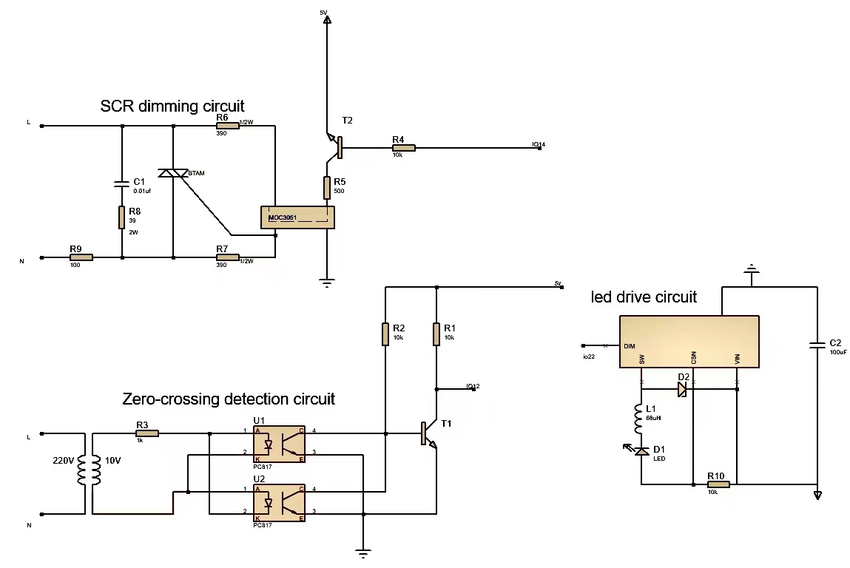Reliable Power for Low Voltage Smart Lights – A Simple Guide

Smart lights are getting popular in Indian homes and DIY projects. But one common issue is power instability in low voltage setups (typically 5V or 12V). Flickering or total shutdowns often happen due to undervoltage or poor current handling.
🛠️ The Problem :
Low voltage smart lights (like Wi-Fi/Bluetooth-controlled LEDs) often draw spikes of current during startup or when changing brightness. If your power source can’t handle it or isn’t well-regulated, you get inconsistent behavior.
💡 The Solution :
Use a low-dropout regulator (LDO) or DC-DC buck converter rated for slightly higher current than your light’s peak draw. Also, place a bulk capacitor (e.g., 470µF) near the light to buffer power.
🔌 Practical Example :
You’re powering a 5V RGB LED strip using a 5V USB adapter. Every time you turn on full white mode, the light flickers. By switching to a 5V 2A buck converter and adding a 470µF capacitor, the issue is resolved.
📐 Sample Calculation :
If your LED strip draws 800mA average and 1.5A peak:
✔️ Choose a converter rated ≥ 2A.
✔️ Add a 470µF capacitor for load balancing.
✔️ Ensure wires are thick enough to avoid voltage drop.
🔧 Product Suggestions :
Shop now at SmartXProKits.in
Support our work and India’s innovation—buy from our Make in India site!




















